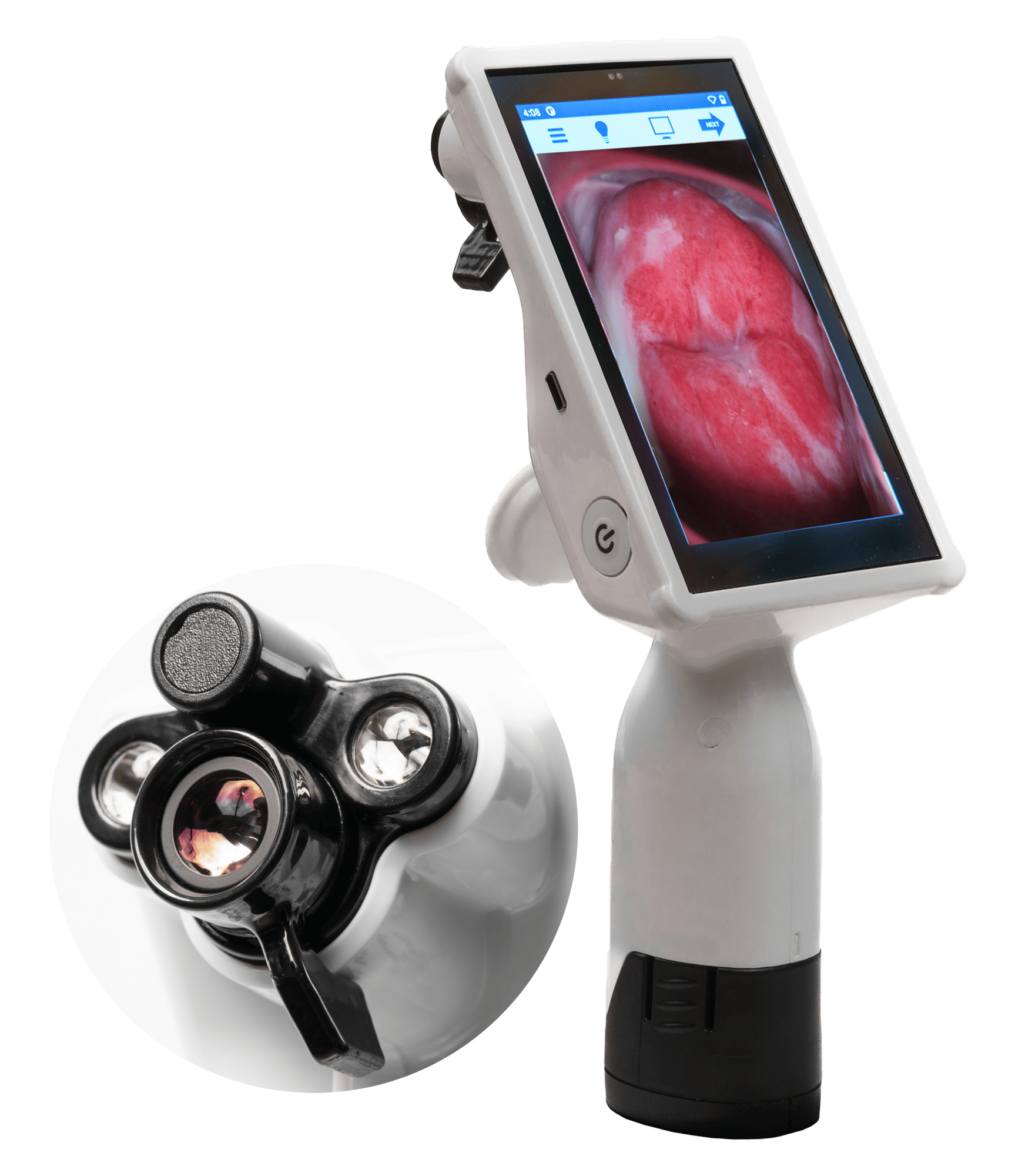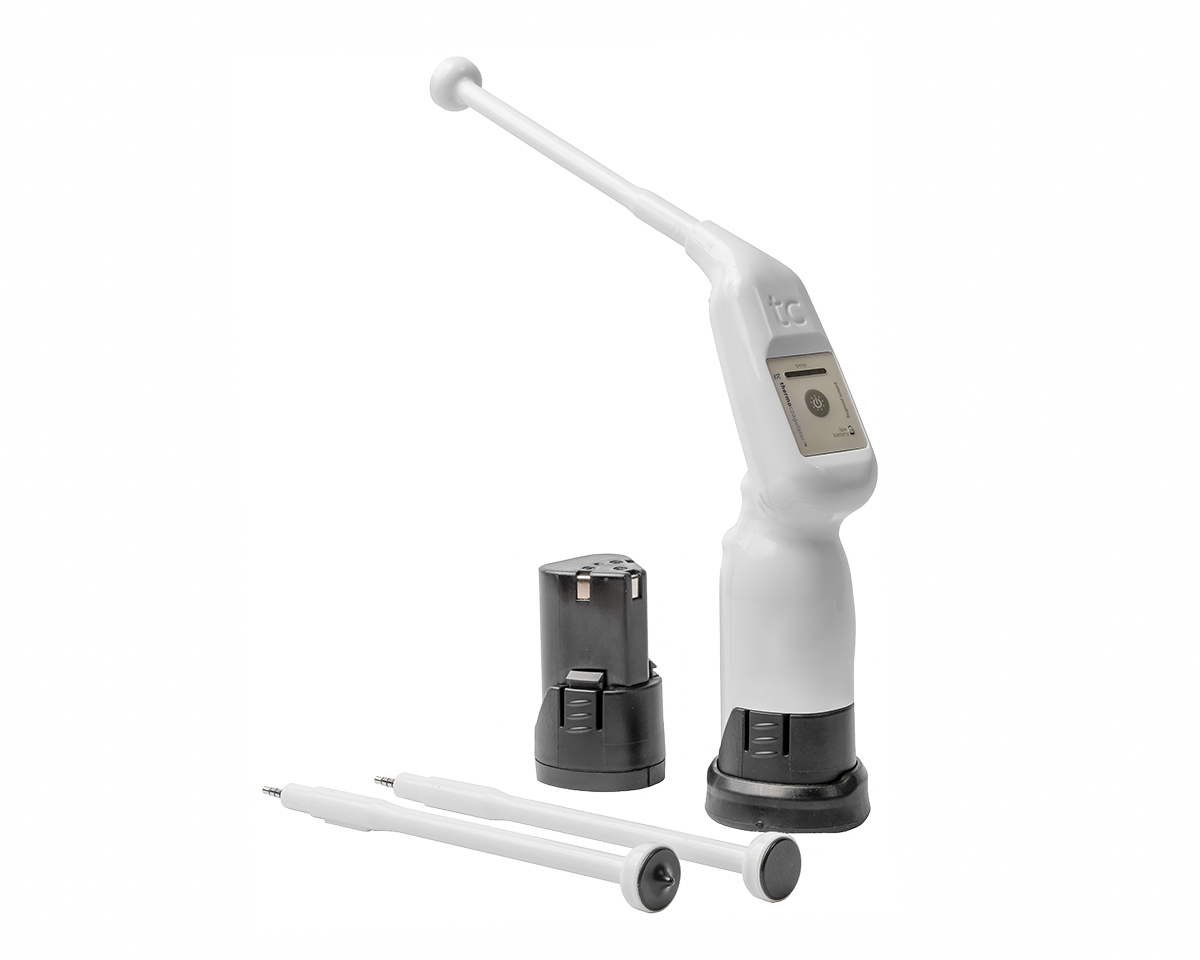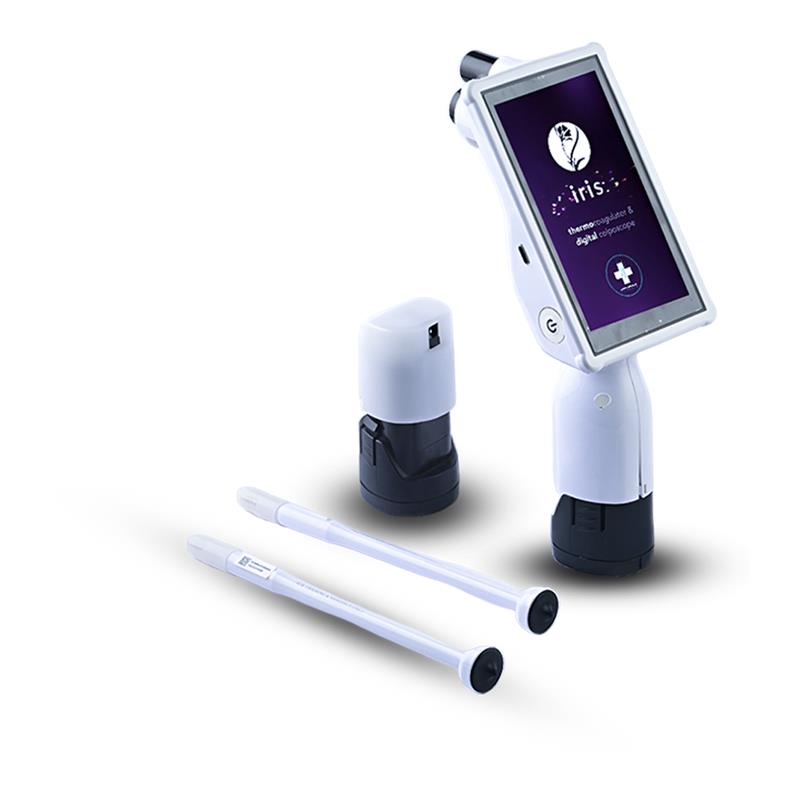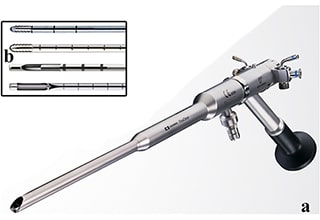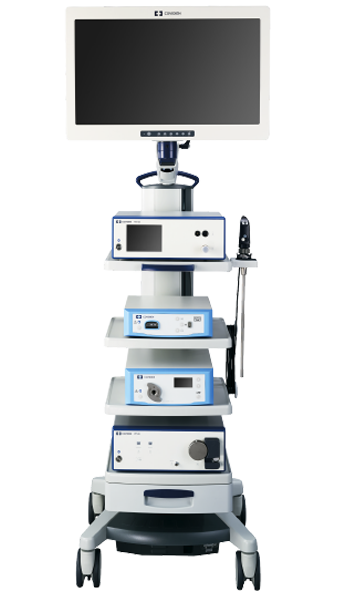
GenWork's Femtech solutions Impacting Women's Wellness
TruClear
The removal of a submucosal fibroid using a resectoscope can vary in complexity depending on several factors. A submucosal fibroid is located just beneath the lining of the uterus and has the potential to affect fertility and cause heavy menstrual bleeding. The resectoscope is a surgical instrument used to remove these types of fibroids through a procedure known as hysteroscopic myomectomy.
The complexity of the procedure can be influenced by the size and location of the fibroid, the skill and experience of the surgeon, and the individual characteristics of the patient's anatomy. Larger fibroids or those with a more intricate location may present greater technical challenges during removal. Additionally, the presence of multiple fibroids or associated uterine abnormalities can contribute to the complexity of the procedure.Furthermore, individual variations in a patient's uterine anatomy and potential complications such as bleeding or perforation can also impact the procedure's complexity.
Using a mechanical hysteroscopic approach for the removal of complex submucosal fibroids offers several potential advantages in certain cases. These advantages may include:
Precision and Control: Mechanical hysteroscopic instruments allow for precise and controlled manipulation, enabling surgeons to navigate and address complex fibroids with greater accuracy.
Reduced Trauma: Compared to traditional surgical methods, the mechanical hysteroscopic approach may result in reduced trauma to the surrounding uterine tissue, potentially leading to faster healing and recovery times.
Minimally Invasive: Hysteroscopic procedures are generally minimally invasive, often allowing for outpatient treatment and minimizing the need for abdominal incisions, which can contribute to quicker recovery and reduced postoperative pain.
Uterine Preservation: In cases where fertility preservation is a consideration, mechanical hysteroscopic methods may allow for the precise removal of fibroids while preserving the rest of the uterine tissue, which is important for women who wish to maintain their fertility.
Reduced Risk of Complications: Mechanical hysteroscopic techniques, when performed by skilled professionals, may have lower risks of certain complications compared to other surgical approaches, such as laparoscopic or open abdominal procedures.
Outpatient Procedure: In many cases, hysteroscopic removal of submucosal fibroids can be performed on an outpatient basis, leading to less disruption to the patient's daily life and potentially reducing healthcare costs associated with inpatient care.
Laproscopy
The removal of a submucosal fibroid using a resectoscope can vary in complexity depending on several factors. A submucosal fibroid is located just beneath the lining of the uterus and has the potential to affect fertility and cause heavy menstrual bleeding. The resectoscope is a surgical instrument used to remove these types of fibroids through a procedure known as hysteroscopic myomectomy.
The complexity of the procedure can be influenced by the size and location of the fibroid, the skill and experience of the surgeon, and the individual characteristics of the patient's anatomy. Larger fibroids or those with a more intricate location may present greater technical challenges during removal. Additionally, the presence of multiple fibroids or associated uterine abnormalities can contribute to the complexity of the procedure.Furthermore, individual variations in a patient's uterine anatomy and potential complications such as bleeding or perforation can also impact the procedure's complexity.
Using a mechanical hysteroscopic approach for the removal of complex submucosal fibroids offers several potential advantages in certain cases. These advantages may include:
Precision and Control: Mechanical hysteroscopic instruments allow for precise and controlled manipulation, enabling surgeons to navigate and address complex fibroids with greater accuracy.
Reduced Trauma: Compared to traditional surgical methods, the mechanical hysteroscopic approach may result in reduced trauma to the surrounding uterine tissue, potentially leading to faster healing and recovery times.
Minimally Invasive: Hysteroscopic procedures are generally minimally invasive, often allowing for outpatient treatment and minimizing the need for abdominal incisions, which can contribute to quicker recovery and reduced postoperative pain.
Uterine Preservation: In cases where fertility preservation is a consideration, mechanical hysteroscopic methods may allow for the precise removal of fibroids while preserving the rest of the uterine tissue, which is important for women who wish to maintain their fertility.
Reduced Risk of Complications: Mechanical hysteroscopic techniques, when performed by skilled professionals, may have lower risks of certain complications compared to other surgical approaches, such as laparoscopic or open abdominal procedures.
Outpatient Procedure: In many cases, hysteroscopic removal of submucosal fibroids can be performed on an outpatient basis, leading to less disruption to the patient's daily life and potentially reducing healthcare costs associated with inpatient care.



